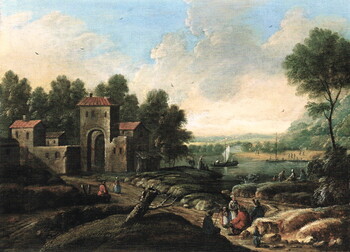2.800 €
A small animated river landscape
Oil on panel : 17,3 X 25,5 cm
Unsigned
Frame : 29,1 X 36,9 cm
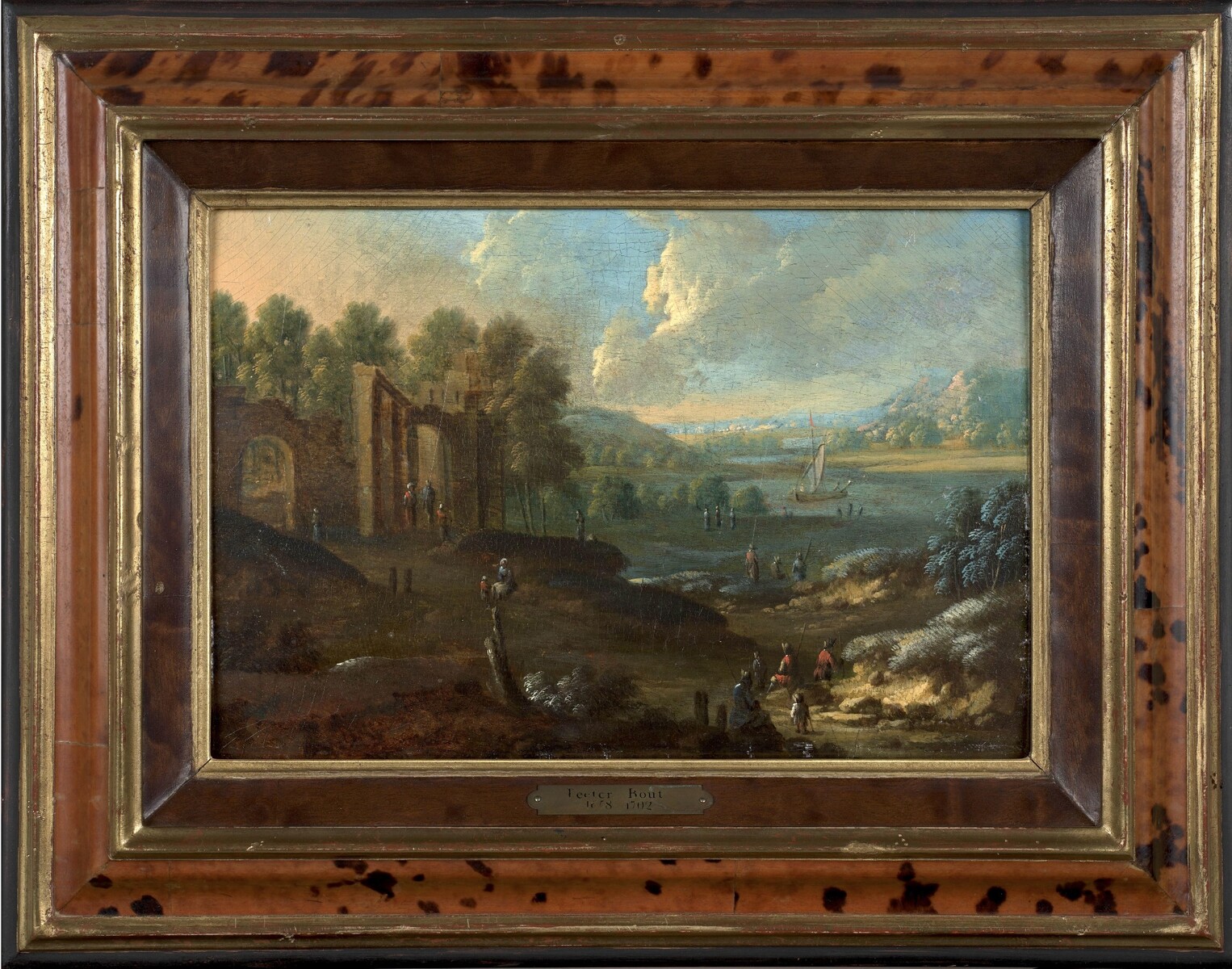
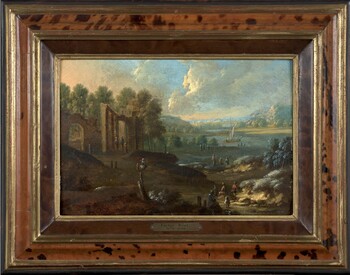

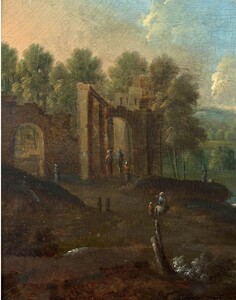
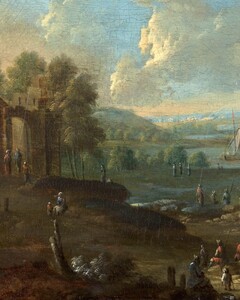
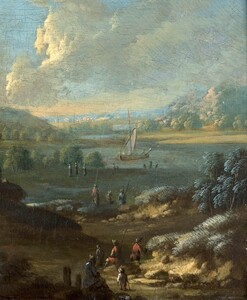

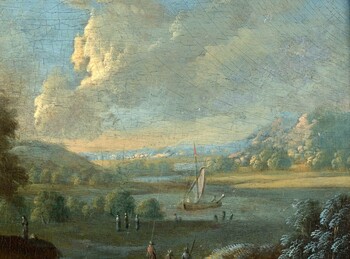
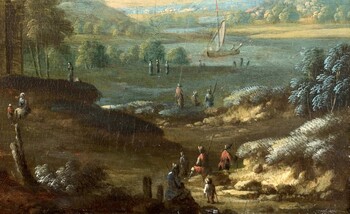
About Marc Baets
During the late 17th century and the first half of the 18th century there was in Flanders a revival of the elder style of landscape painting.
Inspired by Jan Brueghel the Elder (Brussels 1568 – 1625 Antwerp) younger generations of Flemish painters respectfully painted very attractive landscapes with peasant scenes in fresh colours. Typical of all of them is a bucolic sense of happiness, of “joie de vivre”, with small figures in anecdotally detailed poses set against a backdrop of a pleasing landscape or of some buildings.
Best known are:
His son Jan Brueghel II (Antwerp 1601 – 1678 Antwerp)
Isaac van Oosten (Antwerp 1613 – 1661 Antwerp)
Pieter Gysels (Antwerp 1621 – 1690 Antwerp),
Adriaen Frans Boudewijns (Brussels 1644 – 1711 Brussels)
Peter Bout (Brussels 1658 or earlier – 1719 Brussels)
Theobald Michau (Tournai 1676 – 1765 Antwerp)
Joseph van Bredael (Antwerp 1688 – 1739 Paris)
Carel Beschey (Antwerp 1706 – 1776? Antwerp?)
Balthasar Beschey (Antwerp 1708 – 1776 Antwerp).
Our painter also belongs to this group of followers of Jan Brueghel I.
Sadly nothing is known about Baets, although a lot of his paintings are known and even a fair number of them are monogrammed “M.B”.
He was active in Antwerp in the first half of the 18th century.
Typical of Baets are:
- his use of the old fashioned Flemish three-colour-scheme: brown tonalities in the foreground, green in the middle distance and blue in the background;
- the high viewpoint and the high horizon;
- the ruined building with arches in the right or left foreground;
- the genre-like figure staffage;
- the romantic river landscape in the middle background.
Why should you buy this painting?
Because it is a pleasant, decorative, colourful little landscape.
Comparative paintings
Click photos for more details


